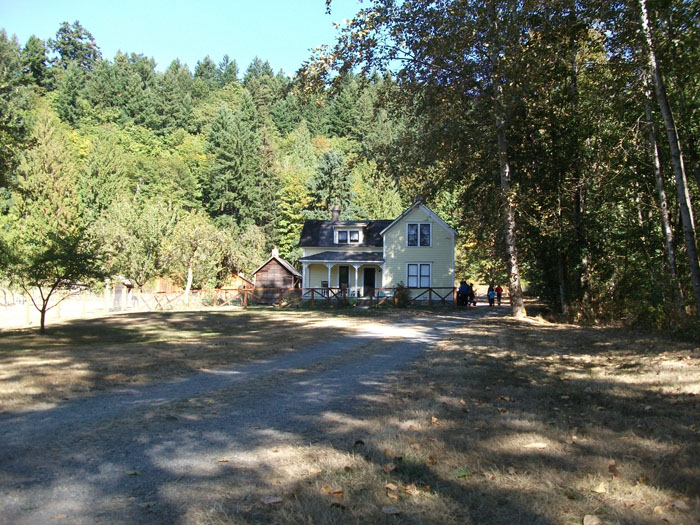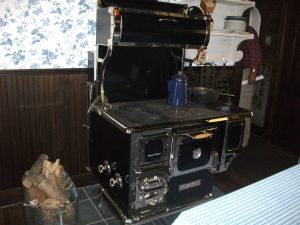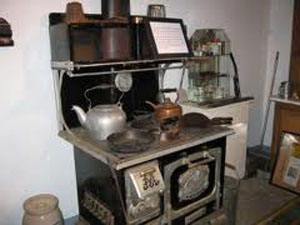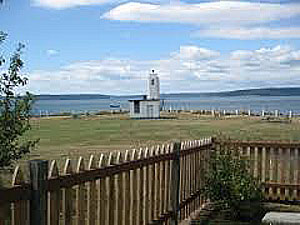When I bought tickets for “Outlaw Days,” I wasn’t sure what it was. But the tickets were only $5 each and I’d heard so much about the Mary Olson Farm in Auburn and the activities there, I thought I couldn’t miss. Although “Outlaw Days” aren’t on the Farm’s calendar this summer, plenty of other activities are.
Every Saturday and Sunday, from noon ’til 5 p.m., June 25-August 28, you can tour the farmhouse, meet up-close-and personal with the cows, chickens and donkeys and even bring your picnic basket full of goodies to eat on the grounds. That’s all free.
Also, at no cost, let the kiddos, ages 3-12, participate in a themed activity hour any Wednesday in July at 10:30 a.m.
But the piece de resistance must be the overnight stay, July 15 and 16, for those 7-12 years of age. Visit Overnight for details and to register.
 The Farm holds numerous events throughout the summer including summer camps for kids, group tours, concerts and special events like “Outlaw Days.” A project of the White River Valley Museum, the Farm originally operated as a subsistence farm. In 2011 it was restored to its current state and opened to the general public. The interior of the house is furnished just like an old farm house.
The Farm holds numerous events throughout the summer including summer camps for kids, group tours, concerts and special events like “Outlaw Days.” A project of the White River Valley Museum, the Farm originally operated as a subsistence farm. In 2011 it was restored to its current state and opened to the general public. The interior of the house is furnished just like an old farm house.






